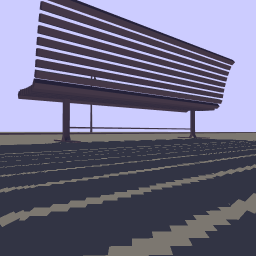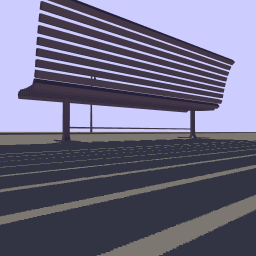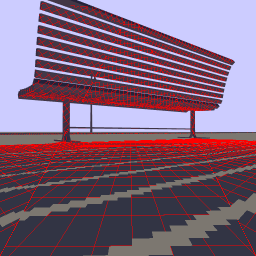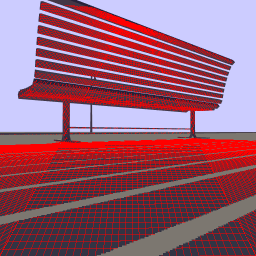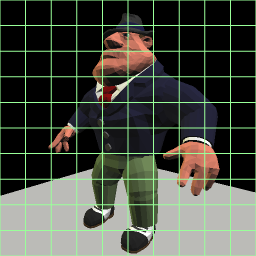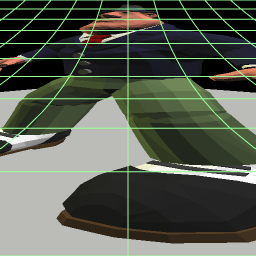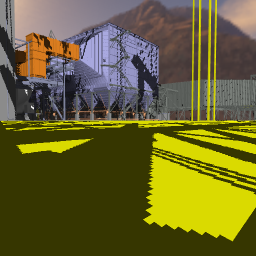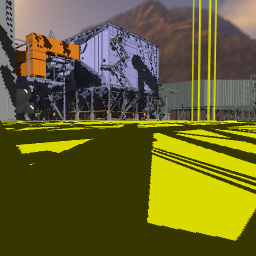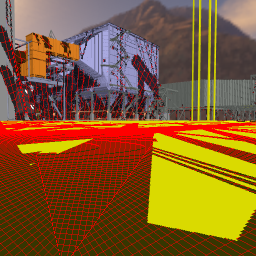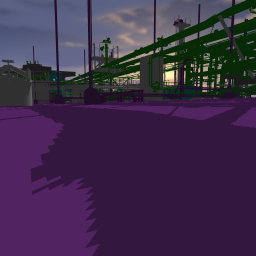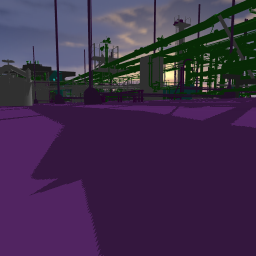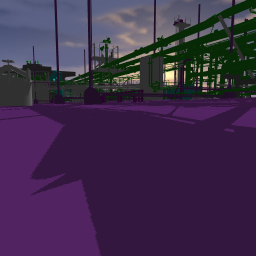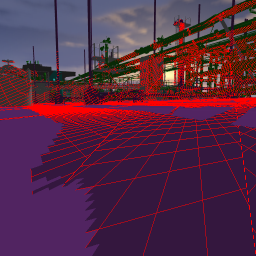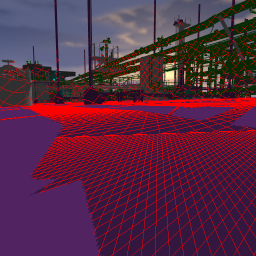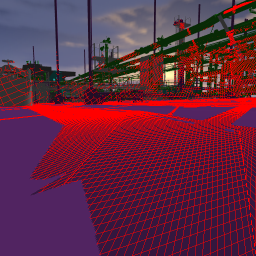Logarithmic Shadow Maps
Brandon Lloyd1,Naga
Govindaraju1, David Tuft1,
Steve Molnar2, Dinesh Manocha1
1University of North Carolina at Chapel Hill
2NVIDIA
Project Description
Shadow maps are an attractive solution to shadow rendering because they are
flexible and easy to implement. However they suffer from aliasing artifacts.
One approach to reduce shadow map aliasing is to reparameterize the shadow map.
Existing reparameterization techniques, such as perspective shadow maps,
use a 4x4 projection matrix to obtain a nonlinear parameterization of the
shadow map. A logarithmic transformation leads to lower aliasing error but is
slow on current hardware. We derive the logarithmic parameterization for
directional and point lights and propose hardware modifications to support
logarithmic rasterization directly in hardware. This requires only a few
incremental enhancements to current hardware architectures.
| SIGGRAPH 2006 sketch slides | (PPT 6MB) |
| Accompanying video | (WMV 11MB) |
Related work Warping and partitioning for low error shadow maps.
This paper analyzes several algorithms for minimizing aliasing artifacts on current hardware.
Images
